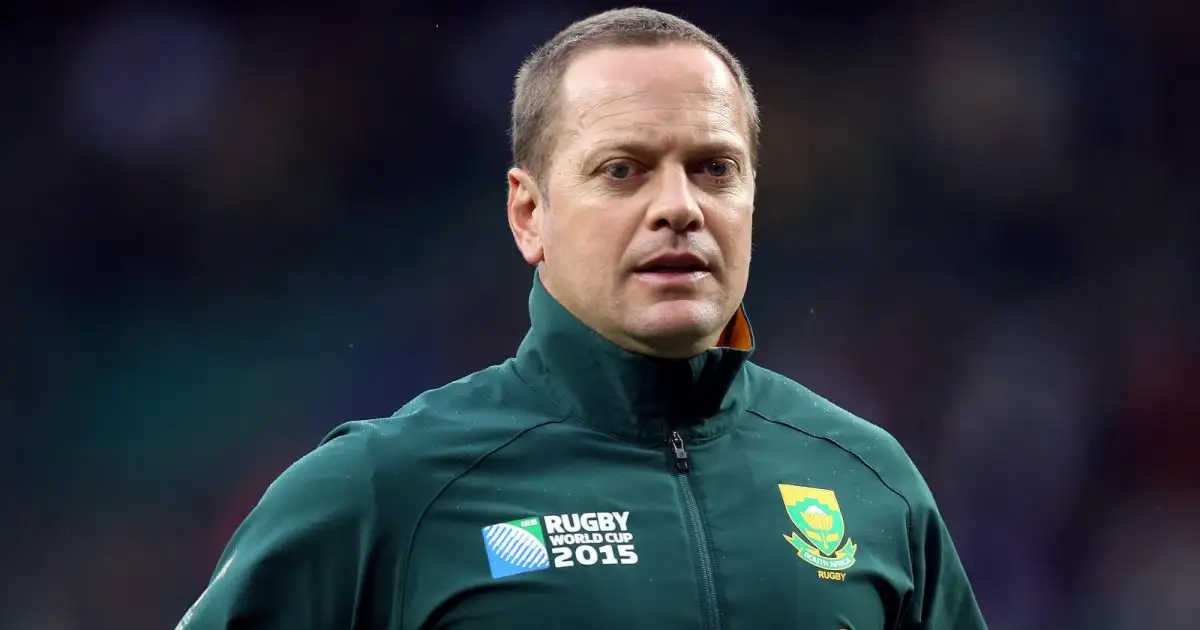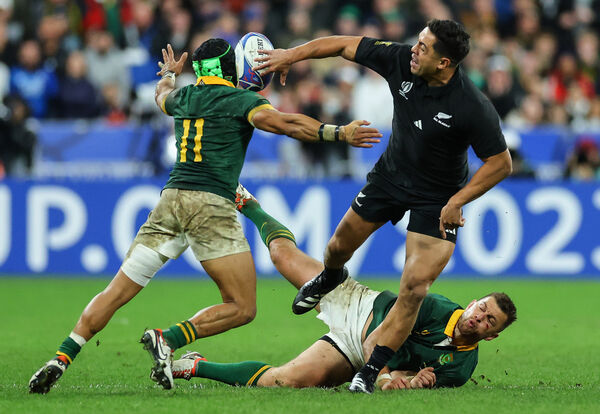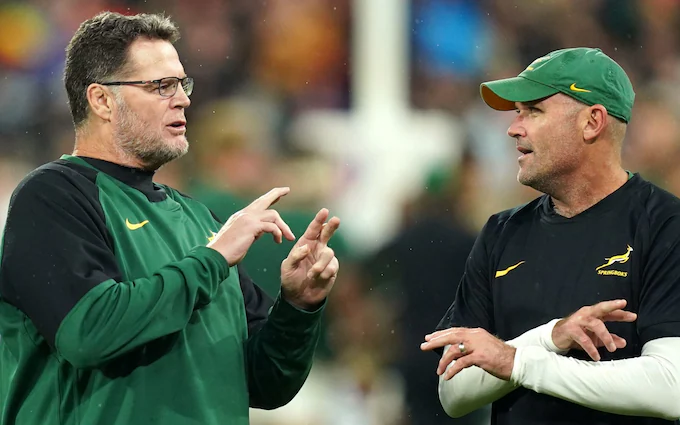Address height restrictions: SA Rugby commends the Varsity Cup for having fewer concussions.
Referees, coaches, and Varsity Cup players have received plaudits from SA Rugby for how they handled the new tackle height regulations that were implemented at the nation’s community games this year.
Late last year, at a general council meeting of the South African Rugby Union, the new legislation that was proposed to make the game safer at the school and club levels was accepted.
The legal tackle height was lowered, requiring players to make the impact at the base of the sternum or lower. This was the most noticeable modification.

The Varsity Cup was the first major competition in South Africa to adopt these laws, and it ended with a thrilling victory for Shimlas over UCT on Monday night.By the completion of the league phase of the competition, there were only 7.5 penalties for high tackles, down from 14.5 per round in comprehensive averaged match data.
In addition, ball carriers showed more awareness of lowering their heads below their hips; in the last two rounds, there have been zero penalties in this area, down from three in the first round.
“We’d like to thank and congratulate all coaches and players who have actively worked hard on right, safe, and successful tackle technique,” SA Rugby CEO Rian Oberholzer said in a statement. “As our Springbok head coach, Rassie Erasmus, remarked, ‘tackling lower is coachable.”
“At the same time, I want to express my gratitude to all of the match officials for implementing the modifications. Although we are aware of problems in some provinces, they are by far the exception. Projects like these are not without their teething troubles.
“Everyone participating in the Varsity Cup has demonstrated what can be accomplished by taking a positive attitude. Preliminary observations indicate that, aside from fewer high tackle penalties and without fully analyzing all the data, there seem to be fewer concussions in this year’s competition, which is precisely what we were aiming to achieve
READ ON:
Put “Sous” aside and introduce “Stokke”: Shimlas, the Varsity Cup winners, discover their own Franco Mostert
Important adjustments made to all club and school matches starting in 2024:
Tackles in open play have to be delivered at the breastbone, or the base of the sternum.
In open play, double tackles and second tackles are allowed (by law), but they have to be made at the base of the sternum or below.
In open play, the ball carrier may bring the ball into contact with a forward-bent body position, but the tackler must be able to access the “safe zone” between the sternum and mid-thigh, with the head and shoulders above the hips.
In open play, the ball carrier is not allowed to carry the ball headfirst into contact with the body when the head is lower than the hips or when the body is completely bent and horizontal.
The danger of a concussion is reduced if the ball carrier adopts a low body position and “picks and drives.”
The ball carrier at a “pick-and-drive” is not allowed to use the “cannon-arm” maneuver, which is a local term for pushing oneself forward into contact before making contact with the ground.
Oberholzer continued by emphasizing SA Rugby’s unwavering commitment to guaranteeing a safer amateur game.
“The choice to apply these legal modifications was not made lightly, and the project required months of arduous labor.
“The community rugby season is underway, and we would like to reiterate our request that referees enforce the new laws in accordance with the tackle-height framework. In addition, coaches and players should endeavor to become knowledgeable about these new laws and adjust their coaching and play accordingly.
As the season goes on, we continue to learn and refine this. We shall witness even more favorable outcomes in the upcoming months as these new laws acquire traction if all the concerned parties band together and do everything in their power to make it a success.
“We hope that referees will keep punishing tacklers who maintain an upright body position. It is not possible for tacklers to tackle low, and they are penalized when ball carriers bring their bodies into contact with each other horizontally and with heads below hip level.
Lastly, tacklers who dive for the limbs of ball carriers without clearly wrapping their arms around their shoulders will not be tolerated. Regardless of the degree of danger, each of them must be penalized with the appropriate card.
“While we do not claim that the referees are perfect, we are pleased to observe that there has been a noticeable improvement. All of these modifications make the game safer, and I implore coaches and players to work hard to make these improvements work by taking the new laws seriously.
The rugby manager went on, “It is crucial that everyone give this their best efforts for the ongoing safety of our community game.”


